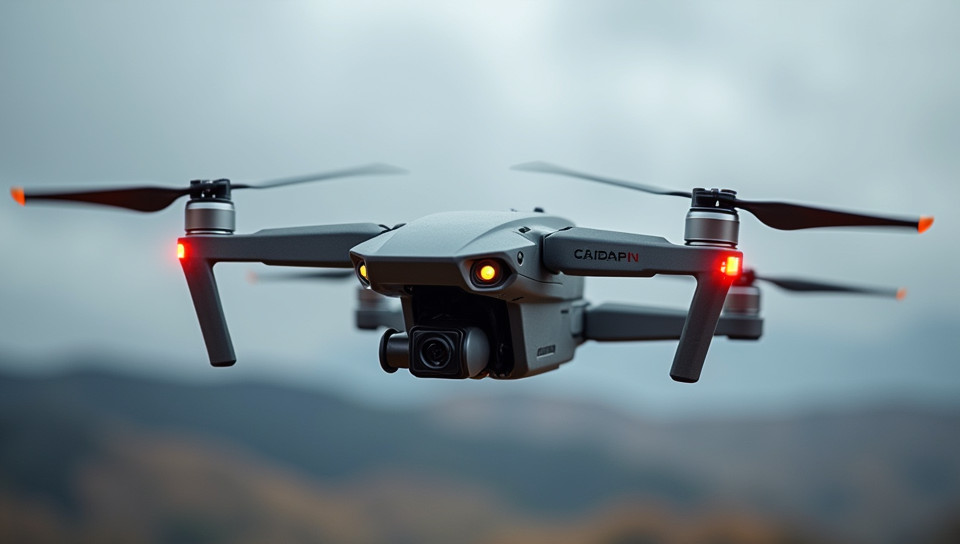Aircraft and drones rely on GPS for navigation 94%

Aerial Navigation Made Possible: The Crucial Role of GPS
In an era where technology has revolutionized almost every aspect of our lives, the world of aviation and aerospace is no exception. With the advent of advanced navigation systems, aircraft and drones have become increasingly reliant on a single technology to ensure safe and efficient flight: Global Positioning System (GPS). This article delves into the importance of GPS in aerial navigation, exploring its history, benefits, and limitations.
The Early Days of GPS
The concept of GPS dates back to the 1970s when the US Department of Defense began developing a system that would provide location information to military personnel. Initially called NAVSTAR (Navigation System Using Timing and Ranging), GPS was designed to offer precision navigation for aircraft and missiles. In 1995, GPS became available for civilian use, paving the way for its widespread adoption in various industries.
How GPS Works
GPS relies on a network of satellites orbiting the Earth, which transmit signals containing their location and time. These signals are received by GPS receivers on aircraft and drones, allowing them to determine their precise position, velocity, and direction. This information is then used to calculate the most efficient flight path, ensuring accurate navigation.
Benefits of GPS in Aerial Navigation
- Precise positioning and navigation
- Improved safety through reduced risk of accidents
- Enhanced efficiency with optimized flight paths
- Increased situational awareness for pilots and drone operators
- Capability to fly in areas without visual references or traditional navigation aids
Limitations and Challenges
While GPS has revolutionized aerial navigation, there are certain limitations that must be acknowledged. For instance:
- Interference from other signals can affect GPS accuracy
- Weather conditions like heavy clouds or ionospheric activity can disrupt signal reception
- Multipath interference, where signals bounce off surrounding surfaces, can also impact precision
- In areas with dense vegetation or tall structures, GPS signals may be blocked or weakened
Conclusion
The reliance on GPS for aerial navigation has transformed the aviation and aerospace industries. With its unparalleled accuracy and efficiency, GPS has become an indispensable tool for aircraft and drones to operate safely and effectively. While challenges exist, ongoing advancements in technology will continue to refine and improve GPS capabilities, solidifying its position as a cornerstone of modern aerial navigation. As we look to the future, one thing is certain: GPS will remain at the forefront of innovation in aviation and aerospace, driving progress and pushing the boundaries of what is possible.
- Created by: Andrea Ramirez
- Created at: Jan. 5, 2025, 3:17 p.m.
- ID: 17298



